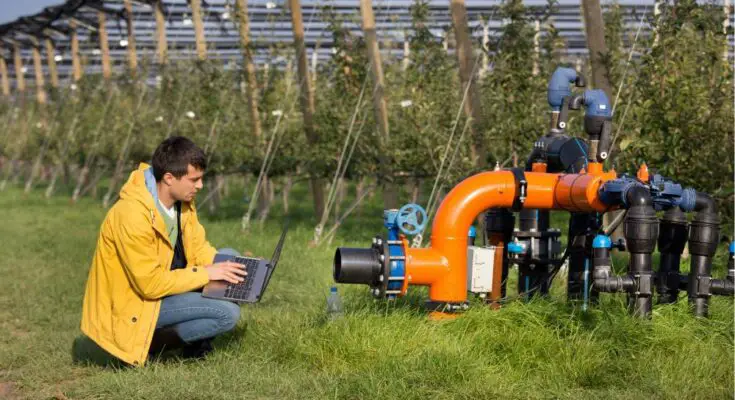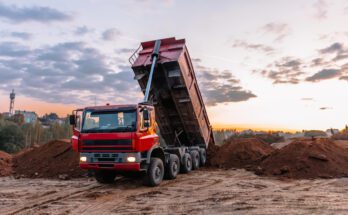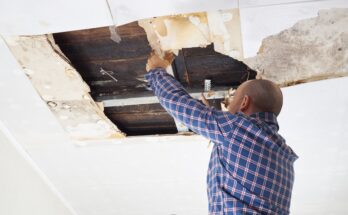Backflow prevention is crucial in all sorts of settings, from residential water supply lines to industrial chemical processing systems. Learn about the different backflow assemblies that are suitable for these commercial applications.
Fire Suppression Applications: Double Check Valve Assemblies
A double check valve assembly (DCVA) is a type of backflow prevention device specifically designed to protect water supplies from contamination. It finds its use in non-health hazard cross-connections and continuous pressure applications where there’s a possibility of backpressure or backsiphonage. DCVAs, as their name suggests, feature two one-way valves that control water flow and prevent backflowing conditions. Naturally, this design is ideal for fire suppression applications with limited space and no health hazards. Besides fire suppression applications, double check valve assemblies also find their use in irrigation systems and domestic water distribution systems, making them a versatile choice for commercial and residential backflow prevention.
High-Hazard Applications: Reduced Pressure Zone Assemblies
Reduced pressure zone (RPZ) assemblies are another type of backflow prevention device, but they are tailored for high-hazard applications. RPZs consist of two independent check valves separated by a reduced pressure zone, which ensures that any contaminants are expelled rather than entering the clean water supply in the event of a backflow. This design creates a mechanical air gap for robust water flow control. For further pipeline protection, RPZs boast a bypass relief valve that kicks in during the most extreme backflowing conditions to maintain the pressure zone. These features make RPZs an optimal choice for high-risk environments where the water supply could be contaminated with pollutants or toxins. In addition to high-hazard applications, RPZs are also suitable for irrigation systems and industrial processes, demonstrating their versatility in various commercial settings.
Irrigation Applications: Pressure and Atmospheric Vacuum Breaker Assemblies
Pressure and atmospheric vacuum breaker assemblies are essential devices in irrigation systems, designed to prevent contaminated water from flowing back into the clean water supply. A pressure vacuum breaker (PVB) is an economical backflow option typically found in residential and commercial irrigation systems. The PVB creates a physical barrier, ensuring that water only flows in one direction, thereby preventing any potential backflow. AVBs, or atmospheric vacuum breakers, work on a simple principle: they allow air to enter the line when there’s a possibility of back-siphonage, thereby breaking the vacuum and preventing any potential contamination.
Both PVBs and AVBs hold significant benefits for irrigation applications. AVBs, in particular, are praised for their simplicity and cost-effectiveness—they’re an ideal choice when dealing with less than six control valves. Moreover, they can be installed along with the irrigation zone pipe, making them a practical solution for many irrigation setups. On the other hand, PVBs offer a higher level of protection and are suitable for both residential and commercial irrigation systems. Together, these devices provide versatile and reliable solutions for backflow prevention in various irrigation contexts.
Understanding the various types of backflow assemblies and their suitable commercial applications is essential for anyone looking to secure their water supply systems against potential contamination. By choosing the right assembly for your application, you can ensure the safety and reliability of your water supply, protecting both your system and the people who rely on it. Remember, clean water is a vital resource, and safeguarding it is a responsibility we all share.


